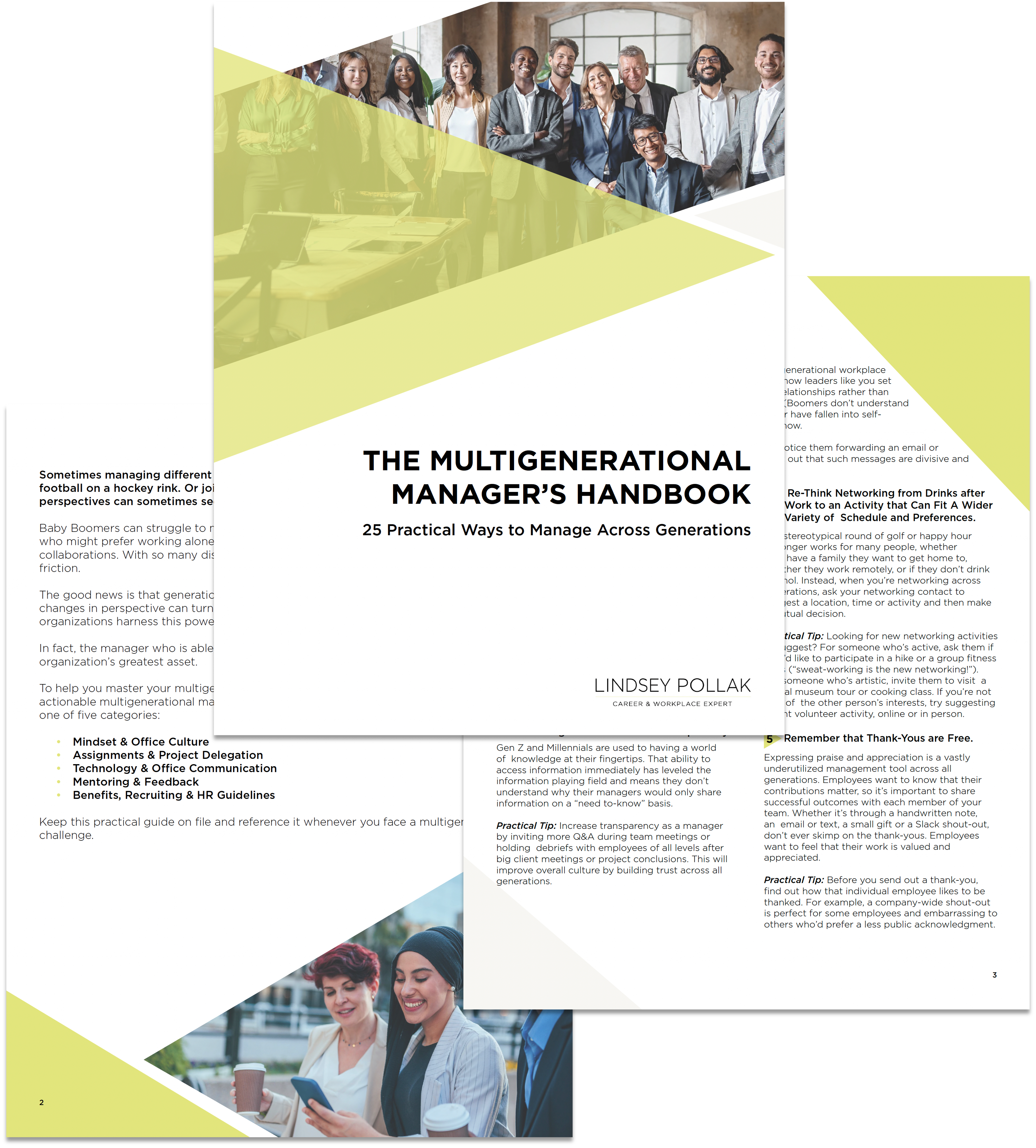Though some people feel that email is dead, statistics prove we’re far from that truth. Over 11,000 emails are sent to the average worker per year. Professionals spend hours every week reading and responding to emails, which is why perfecting email writing is one of the most important things you can do for your reputation. Email remains a powerful communication tool that demonstrates your ability to state your message, delegate tasks and get things done.
Young professionals (a.k.a. Millennials and Gen Z) may have an especially difficult time with email writing, caught between their training to write long-form papers for college and their habits of abbreviations and emoticons on social media. Neither works for email.
Want to rule email? Here’s what to keep in mind so you can look good in any inbox:
1. Subject lines are for subjects
While it’s essential to keep everything in emails on point, your subject line needs the most clarity. For example, if your email is a follow-up to your boss about one of your recent client meetings, you’ll want to note that immediately. It could look like: “Next steps on 3/18 Duffy meeting.” A generic “Hey there” or “Following up” confuses a recipient.
2. Shorter is always better
Train your brain to think about emails in terms of easiest readability. How fast could someone read each message, understand your point and know what action to take in response? Always be as concise as possible. Use bullet points to convey multiple ideas. Remember that people are busy and won’t absorb long, dense paragraphs.
3. Make formal your normal
When communicating with colleagues and clients, always err on the side of formality first. Don’t use emoticons, greet someone with “Hey,” or use text message acronyms unless older colleagues or clients do so first. I always feel old and defensive if someone uses an acronym I don’t know, like the first time I saw TTYL or FWIW. Avoid giving someone that feeling at all costs.
4. Proofread, proofread, proofread
Double-check your spelling, grammar and punctuation, even when communicating internally and with your team. Your colleagues will assume that the way you email them is the way you email clients. You don’t want them second-guessing your written communication skills. When it comes to a person’s name in particular, triple-check that spelling. As someone with a commonly misspelled name, I can tell you that people who get it right really stand out.
5. End on the high note; sign off professionally
At the end of your email, use a common, professional sign-off such as “Best” or “Regards.”(No “Hugs” or “xoxo”!) Don’t sign your name all in lowercase, as it makes you appear young. Include a professional email signature for all of your emails, specifying your title, company name and additional contact info that would be helpful, like a phone number or website. It’s always great to include your LinkedIn profile URL or other professional social media links as well.
Looking for other tips to master email etiquette at work? Check out my book, Getting From College to Career, where I talk much more about this subject. If you have an additional email “do” or “don’t” to share, I’d love to hear it in a comment below!
Image credit: iStockPhoto
